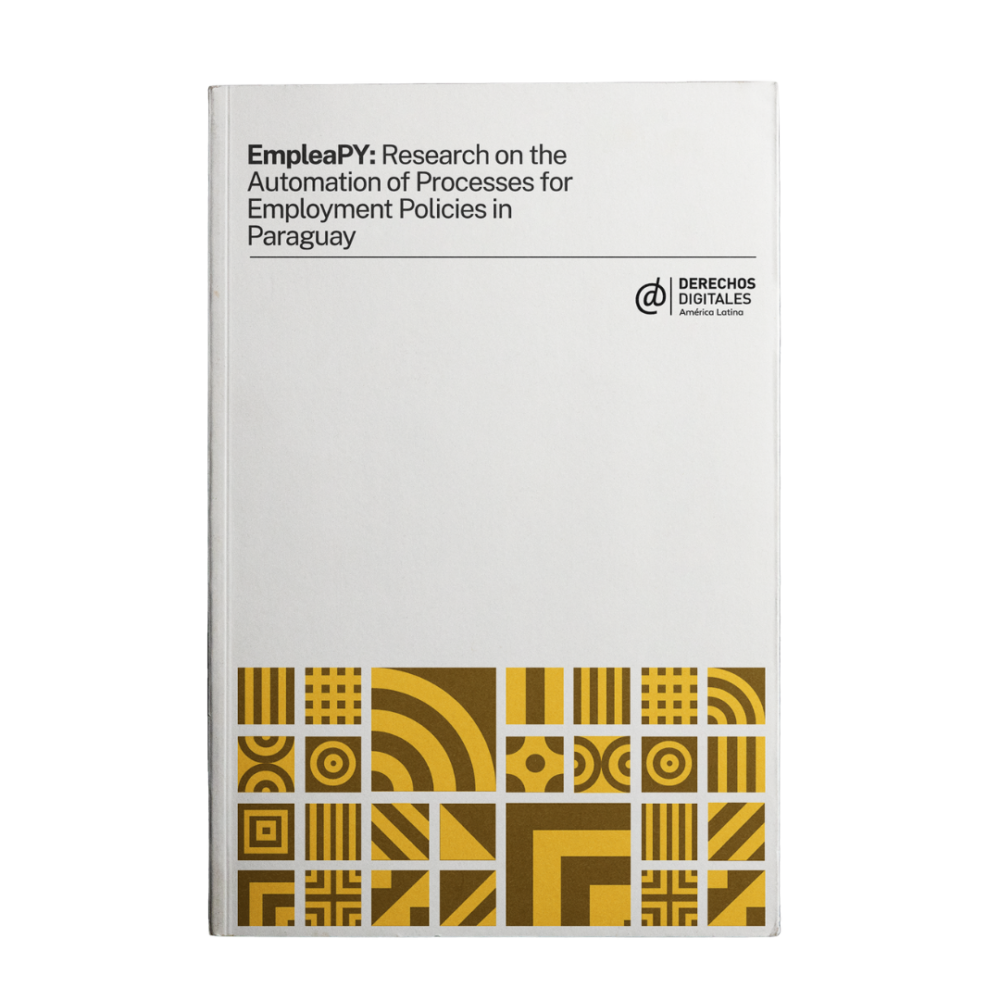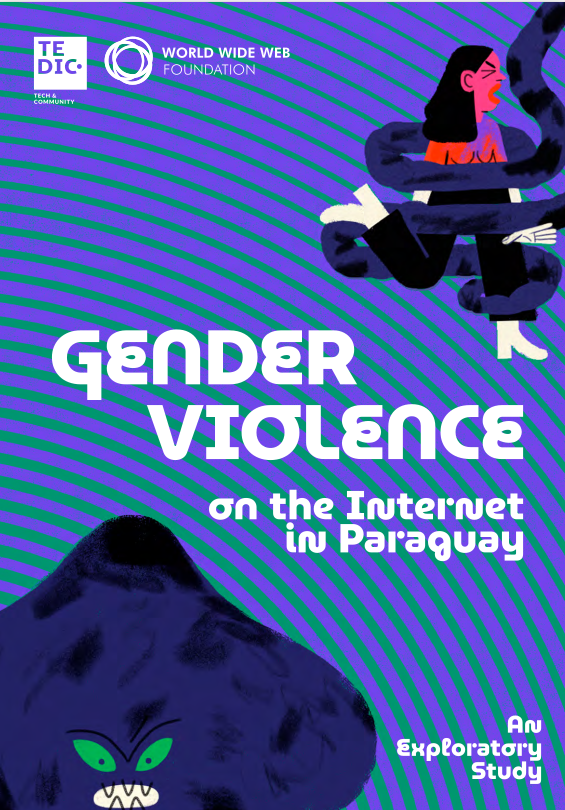
Over the last few decades, large-scale technology use has permeated diverse areas of life, including political, economic, social and cultural spheres. Decisions by governments that drive the digitalization of their institutions have played a critical role, and the emergence of Artificial Intelligence (AI) has brought major challenges. In this context, global interest has grown in defining what AI is. The term Artificial Intelligence appeared in 1956 at the end of the Second World War as a concern of the industrial, political and academic fields (Puyana, 2019).
AI refers to the ability of machines, computing systems, applications and algorithms to complete tasks that normally require human intelligence. The completion of tasks is fed by uploaded data on experiences, and this enables AI to reason, understand languages,
solve problems, and make predictions and decisions. AI involves a set of information-processing technologies that use models and
algorithms to develop learning abilities and perform cognitive tasks, which produces predictions and decision-making in virtual environments (UNESCO, 2021).
It is also defined as a machine-based system, designed to operate with different levels of autonomy and able to generate results such as predictions, recommendations or decisions that have impact on physical or virtual environments (European Union, 2018).
They are machine-based systems that, for a set of human-defined objectives, can formulate predictions, recommendations or decisions that affect both real and virtual environments (OECD/CAF, 2022).
AI’s ability to use mathematical-statistical calculations to identify patterns, generate typologies and predict behaviors depends on the availability, categorization and labeling of data; on algorithmic models responsible for the calculations; on operation of the interface for interacting with users or with other systems; and on the operation of a whole telecommunications-related physical infrastructure (Venturini, 2024).
For several years different projections have been offered on the development of societies based on AI use and any ensuing prosperity or crisis. It is said that thanks to this technology the growth of multiple industries could be enabled, leading to unprecedented production of wealth via the automation of tasks and processes, as an accessory that boosts and strengthens human work (Corvalán, 2019). However, this situation could end up replacing certain jobs, increasing salary polarization, making work more precarious and widening equality gaps (Puyana, 2019; Garcia, 2023). Given the high degree of job informality in Latin America and especially in Paraguay, this situation could be sharply exacerbated.
Research and writing: Maricarmen Sequera y Mariela Cuevas


 Digital violence against women in Paraguay
Digital violence against women in Paraguay  Defending those who defend us
Defending those who defend us